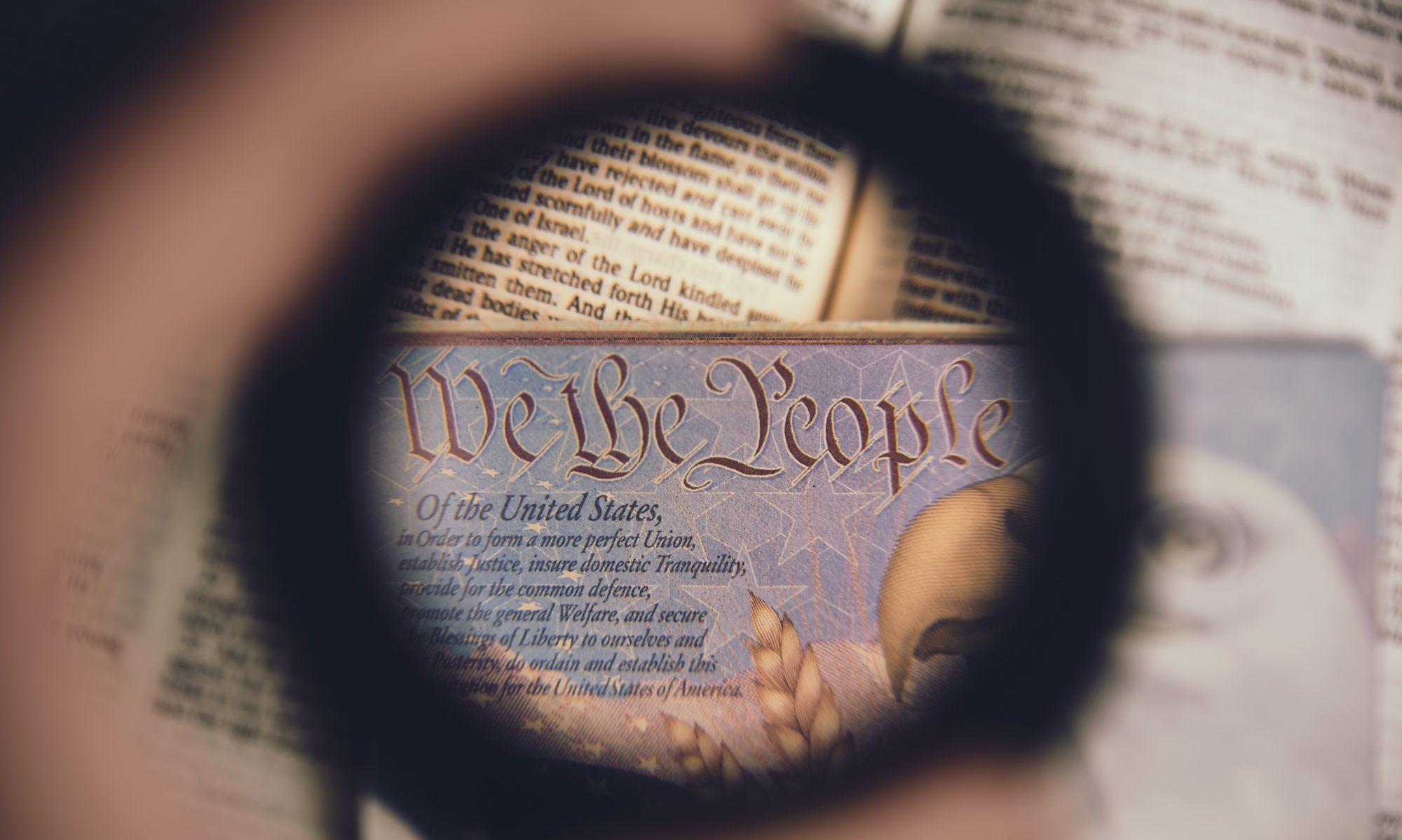March 05, 2020
WASHINGTON, DC — In a case before the U.S. Supreme Court that could determine how far the courts may go in shielding police from being held accountable for wrongdoing, The Rutherford Institute is challenging a lower court ruling that prevents victims of police shootings for suing police for violations of their civil rights if the shooting did not result in an immediate arrest.
In an amicus brief filed jointly with the National Association of Criminal Defense Lawyers (NACDL) in Torres v. Madrid, Rutherford Institute attorneys argue that lower courts erred in ruling police did not violate the Fourth Amendment rights of a woman who, mistaking police officers for carjackers, fled from police, was pursued and shot twice in the back. The lower courts reasoned that because the woman was not arrested, she had not technically been “seized” by the police and, thus, could not sue police for “unreasonable searches and seizures” in violation of the Fourth Amendment.
Affiliate attorneys Jeffrey T. Green and John L. Gibbons of Sidley Austin, LLP, and Sarah O’Rourke Schrup of the Northwestern Supreme Court Law Clinic assisted The Rutherford Institute and the NACDL in advancing the arguments in Torres.
“This particular case underscores the unfortunate reality that we live in an age of hollow justice,” said constitutional attorney John W. Whitehead, president of The Rutherford Institute and author of Battlefield America: The War on the American People. “With every ruling handed down, it becomes apparent that the courts are more inclined to render narrow rulings that protect government interests than they are committed to upholding the rights of the people enshrined in the U.S. Constitution.”
Early in the morning of July 15, 2014, Roxanne Torres dropped a friend off at an apartment complex in Albuquerque, N.M. After parking and exiting her car, Torres reentered and remained in the car with the engine running and the car doors locked. At that same time, four New Mexico State Police officers arrived at the complex intending to arrest a woman who was not related to Torres. Two of the officers approached Torres’s car and, with guns drawn, attempted to open the driver side door. Because the officers wore indistinguishable dark clothing and Torres did not hear what they shouted at her, Torres mistook them for carjackers and attempted to drive away. After the car moved forward mere inches, the police opened fire on Torres and she accelerated away. The officers continued shooting at Torres, firing 13 shots in all, two of which struck Torres in the back, paralyzing her right arm. Torres drove a short distance before she was forced by her injuries to stop. When a bystander refused to call police on her behalf, she found another car and drove it to a hospital, where she was airlifted to another hospital due to the seriousness of her injuries. She was subsequently arrested on charges related to fleeing the police.
Torres, in turn, sued the police for using excessive force in violation of the Fourth Amendment’s prohibition on “unreasonable searches and seizures.” However, the trial and appeals courts ruled that because Torres was able to escape after being shot, she had not technically been “seized” by the police. In their amicus brief before the U.S. Supreme Court, which has agreed to hear the case, The Rutherford Institute and the NACDL argue that all uses of unreasonable and excessive force by police merit review under the Fourth Amendment, whether or not the victims of police brutality are arrested or temporarily elude capture.

